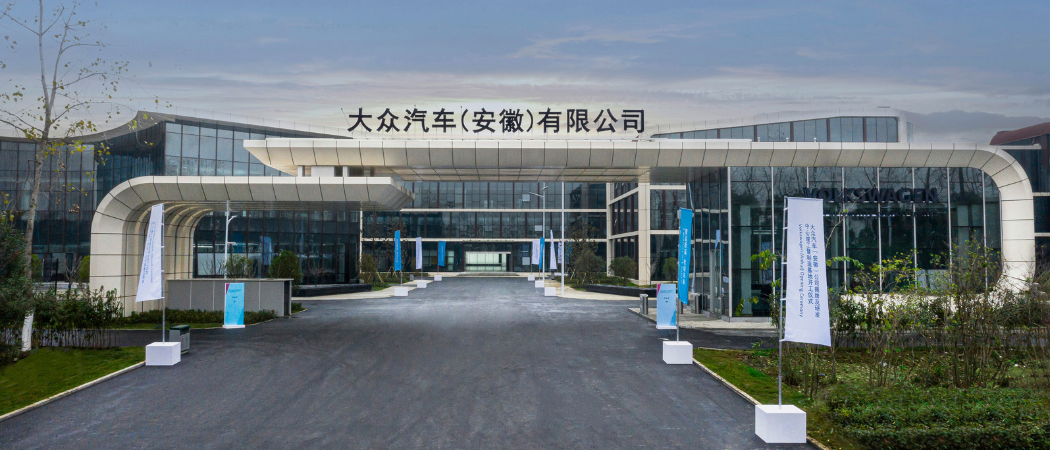Many politicians urge reducing dependency on China. German companies are taking a different approach

Volkswagen's research and production centre for electric cars in Hefei. Photo credits: Volkswagen AG
Science|Business - Table.Media partnershipScience|Business has partnered with Table.Media, a leading source of news about higher education and research in Germany. Each week, we are publishing one of each other’s stories to give readers an even broader range of insight into R&D policy across Europe. |
Despite, or perhaps because of, the ongoing debate about de-risking, German companies are expanding their research activities in China. This is revealed in a report by the German Chamber of Commerce (AHK) in China. Contrary to what German politicians have been saying, the Chamber argues in its Innovation Report 2024 that a strong research presence in China is essential to avoid falling behind the Chinese competition.
The survey-based report shows that German companies are increasingly localising their research and development efforts. The aim is to strengthen the competitiveness of their products and reach more customers in China. At the same time, German companies are increasingly using the People's Republic as an innovation centre for global markets.
"German companies in China are investing in local innovations and strategic partnerships with customers and suppliers in order to stay competitive in the highly contested and dynamic market environment," says Martin Klose, managing director of the AHK in south and southwest China.
Companies could "gain a competitive advantage by working with partners within the Chinese ecosystem," says Tunde Laleye, partner and general manager in China at the consultancy BearingPoint, which was involved in the report. He argues that a stronger presence in China would shorten research cycles and accelerate time to market.
The key findings at a glance:
- The localisation trend continues: 63% of the companies surveyed state that they conduct research in China (+6 percentage points compared to 2022). 69% of respondents say they develop in China (+4 percentage points compared to 2022).
- Most respondents (64%) cite the increased competitiveness of their products as a reason, followed by access to existing or new markets (62%) and better brand awareness (52%).
- China is seen as a global innovation centre: 29% of German companies conduct research in China for global markets. In 2022, it was only 25%.
- The companies see themselves at a speed disadvantage: 56% cite the time it takes to market launch as their biggest weakness compared to Chinese competitors. Only 13% believe that they are faster.
- The biggest advantage for 37% of German companies is their ability to understand customer needs. Only 20% believe that Chinese companies have the upper hand here.
- 85% of respondents cited price-sensitive customers as the main driver of innovation, followed by the increasing innovative power of competitors (82%) and personnel costs (72%).
- The survey found that companies prioritise product innovations (65%) over other areas, such as process and service innovations (43% and 40%, respectively) when it comes to research in China.
Chinese competitors hot on their heels
"In terms of innovative strength, Chinese companies are hot on the heels of their German competitors and are already ahead in some cases," warns Klose. "This is precisely why German investments in China are also skyrocketing, especially in the automotive industry,” he said.
"Even if the gap is narrowing, I am confident that German companies will hold their own. They continue to excel with quality and optimise their products and services locally – which, in turn, makes them stronger in global markets,” he said.
Laleye advises companies to continue adapting their products in China to local preferences. "Innovation should be seen as part of customers' overall perceived added value. Options for this include free trial offers, early involvement in product development and local services," he said.
He added that having a strong team is one of the most important prerequisites for innovation success. "In order to attract and retain top talent, companies need to offer good packages and invest specifically in further training." Laleye concludes that collaborations with local companies and universities are also recommended to be as close as possible to new ideas, technologies, and talent.






 A unique international forum for public research organisations and companies to connect their external engagement with strategic interests around their R&D system.
A unique international forum for public research organisations and companies to connect their external engagement with strategic interests around their R&D system.